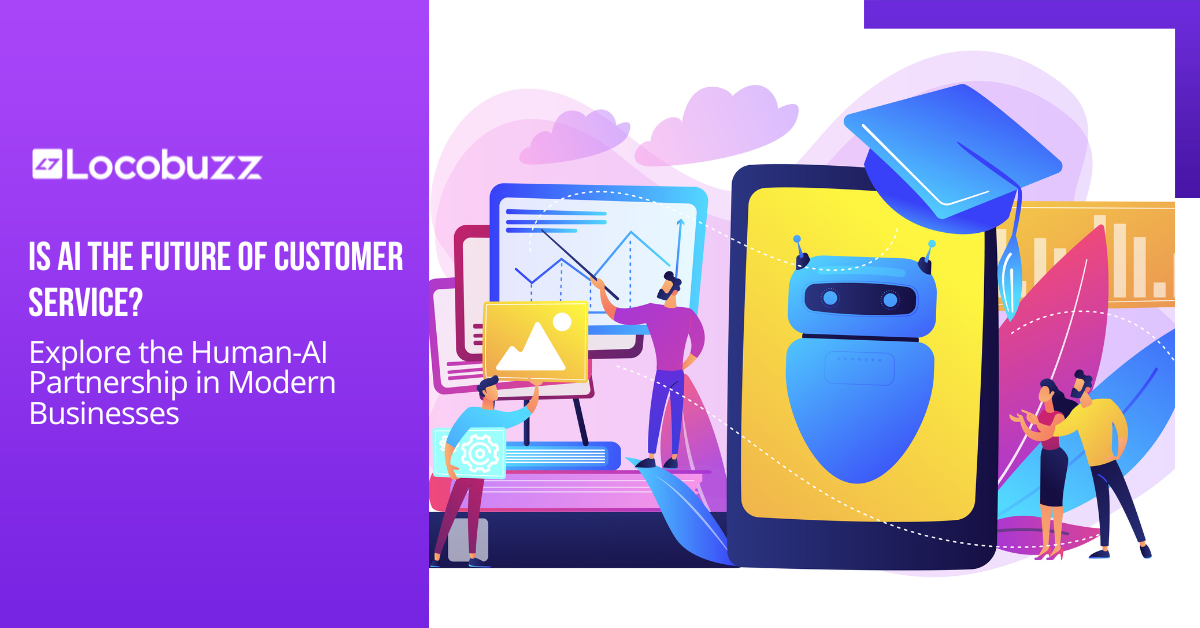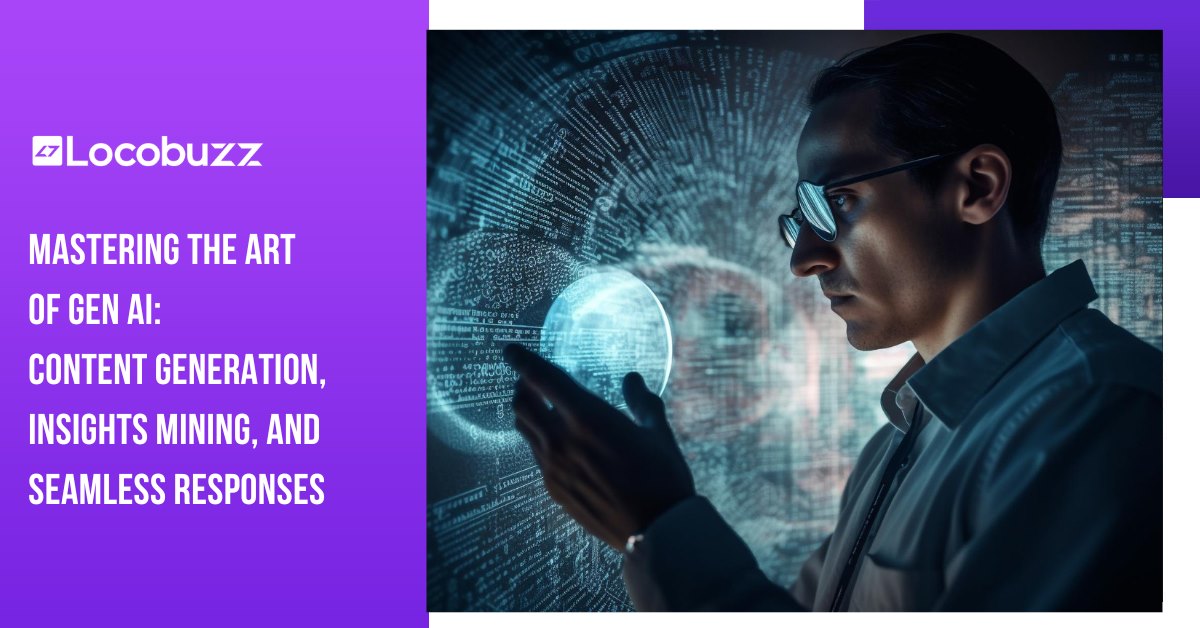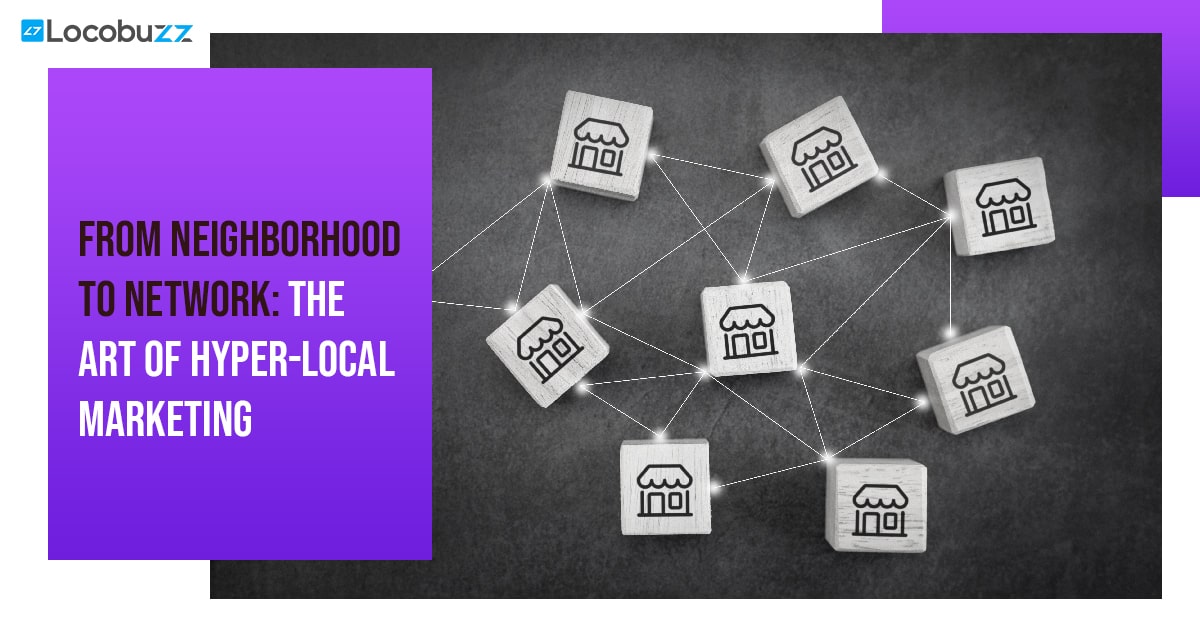Omnichannel Vs Multichannel: What's the Difference?
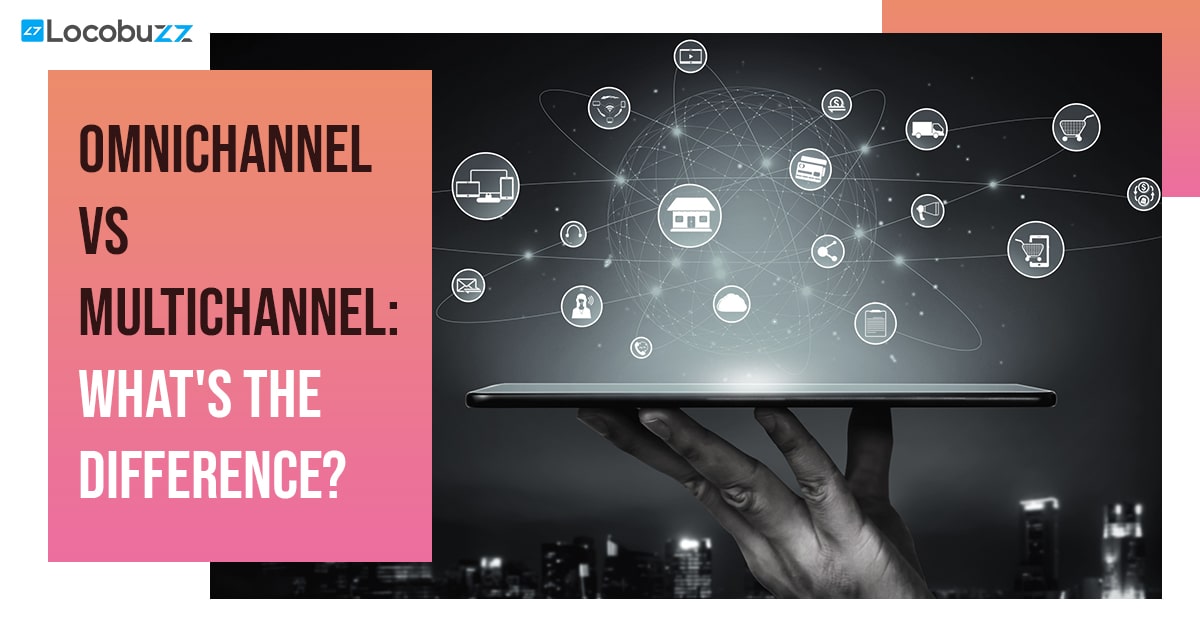
You may have observed how you get an email regarding a product you left in your shopping basket on a website. Or how you receive text alerts for in-store purchases. While Email, Social Media, Promotional Texts, and Website are all independent channels of a brand’s marketing, an omnichannel customer experience platform connects them. The key to omnichannel marketing is to bring all communication channels together. To provide a clearer image, Omnichannel retail is a multichannel commerce service that allows data to be synchronized across numerous channels.
The omnichannel approach ensures that all data across numerous channels are in sync. It connects all of the customer touchpoints with the brand and how the channels interact. It’s purpose is to make the entire client journey appear to be a seamless, convenient luxury cruise experience. It links physical stores to online channels and shares data between online channels.
There is no one way to provide an omnichannel experience; you can be innovative and provide an experience that a customer can never have with a single channel. You will be able to create a robust omnichannel experience with improvements and creativity.
How To Work With Omnichannel
There are numerous ways to work with omnichannel strategies, but it relies on one concept, i.e. connecting and communicating data across multiple channels to make the customer’s journey unified. These integrated channels allow customers to pick up where they left off. It gives the impression that the brand remembers them.
Here are three steps you can take to provide a delightful omnichannel experience.
1. Define Customer Touchpoints And Identify Opportunities
Consider the customer’s perspective and identify areas for improvement to give a more seamless experience. A purchase is one of several touchpoints that may be defined along the customer journey. Optimizing and refining all touchpoints, whether pre-sale or post-sale, can help you leave a lasting image in the minds of your customers.
2. Establish The Proper Connections And People To Pass Data
As the saying goes, “Data Is Today’s Weapon,” thus you must acquire accurate, organized data. To do this, you must assign tech-savvy people to collect appropriate data from many platforms.
For example, your online store should display how much stock of a particular product remains and be continuously updated with changing inventory in the physical store. In this case, you’ll need someone to collect real-time data from the physical store database and upload it to your eCommerce website.
3. Bring Data Into Action

Your goals determine what to do next, and depending on your target touchpoint; you may simplify the customer experience. You can access a customer’s profile from a physical shop, mobile app, internet, and even social media to deliver additional promotions and resolve concerns through an omnichannel approach.
An introduction to Multichannel
Multichannel marketing has been on the rise for quite some time. Global marketers, brands and agencies alike are going in-depth with research to find out best practices, techniques, case studies and trends.
There are many ways in which businesses can carry out a successful multichannel marketing campaign. This approach consists of interacting with customers across more than one medium at the same time using the appropriate digital medium suited to specific individuals – be it a website or app marketing, video ads on TV or Mobile campaigns.
The idea behind multichannel is that customers are active across media channels themselves. In this strategy, you put product or service sales at the centre of the plan and use different channels to list and sell those offerings. Customers may view the same catalogue and buy a product through a single channel. For example, if they add a product to their basket, they will not receive any buy reminder emails.

Working With Multichannel
A multichannel approach is helpful when you want your marketing channels to remain independent, and the only aim those channels serve is to distribute your items to a large audience. According to statistics, businesses that used more than three marketing channels experienced a 90% increase in client retention and a 250% increase in engagement and purchase rates.
Let’s look at what you need to work with a multichannel strategy.
1. House The Product Data
You need to create product data before it can be stored anywhere. You can record all the product info like colour, model, descriptions, models, availability, prices, stock, etc. You can then distribute this product data on any platform/ channel you like.
2. Format and Syndicate Data
Not all channels are the same; they have different requirements. You can’t upload the same data to every channel; you must format and syndicate your product data to meet the integration policies.
Omnichannel Vs Multichannel: Differences
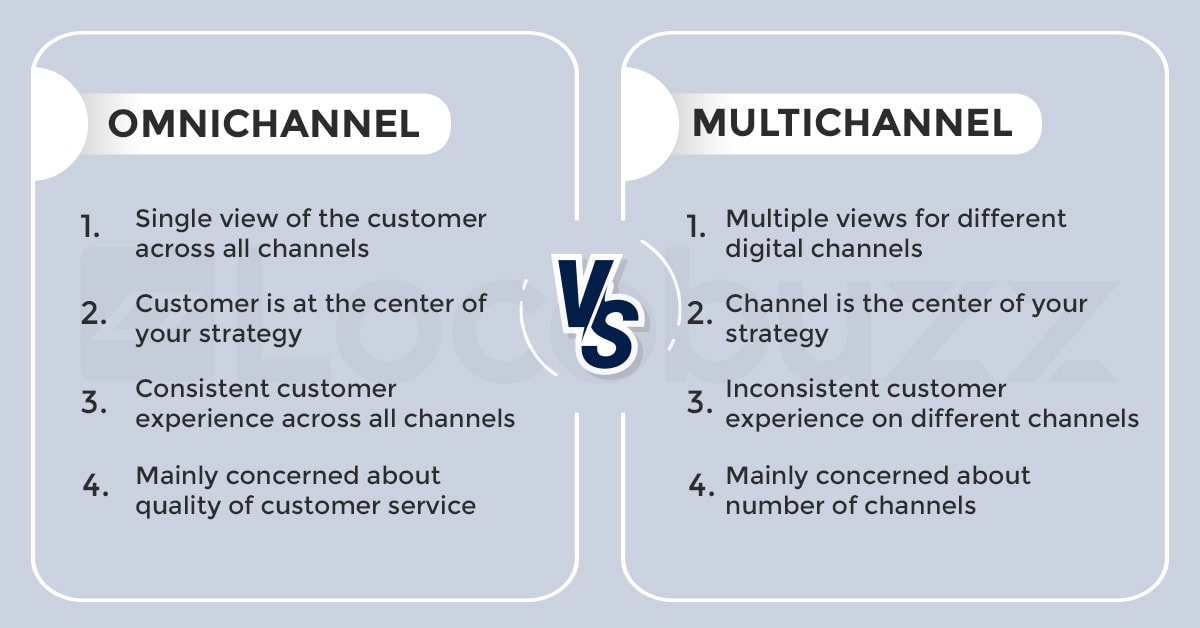
The last question remains: Are Omnichannel and Multichannel the same? The simple answer is No; they are not the same. Let’s see how:
1. Customer Experience Vs Customer Engagement
The intention is a significant distinction between omnichannel and multichannel. At the same time, multichannel focuses on customer interaction and raising awareness of the company; omnichannel attempts to provide a consistent experience to their existing customers.
In basic terms, while multichannel focuses on increasing social media followers, omnichannel focus on bringing users from their social media to their company’s website.
2. Quality Of Customer Support Vs Quantity Of Channels
We have said that multichannel is primarily concerned with the number of channels. The more channels you reach, the higher your brand recognition and customer engagement. However, there are no single means for a client to transition from one medium to another, negatively impacting the customer experience.
In contrast to multichannel, omnichannel focuses on the quality of customer care provided throughout the customer journey. The integration of all the channels presents and making all the pieces into one element of the unbroken experience is what defines the quality.
3. Customer-Centric Vs Channel Centric
The entire concept of a multichannel strategy relies on marketing channels and how to optimize them separately. The customer experience, no matter how essential it is, is not a priority in the multichannel experience. The number of channels is unimportant in omnichannel; what matters is if they are connected and provide the most outstanding possible customer experience.
Multichannel, for example, will concentrate on a wide range of channels and digital marketing techniques such as sponsored advertisements, SEO, websites, social media, emails, and so on. While omnichannel will minimize the number of channels, such as email, websites, and social media, it will ensure that all data is synchronized and moved smoothly.
Conclusion
Both omnichannel and multichannel are helpful in providing better customer satisfaction than a single channel approach. However, Omnichannel results in enhanced customer experience with integrated multiple channel technology compared to the multichannel approach. With the help of the correct AI-powered CMX omnichannel platform, you can move beyond a single-channel marketing strategy by giving your customers’ an unforgettable experience.













